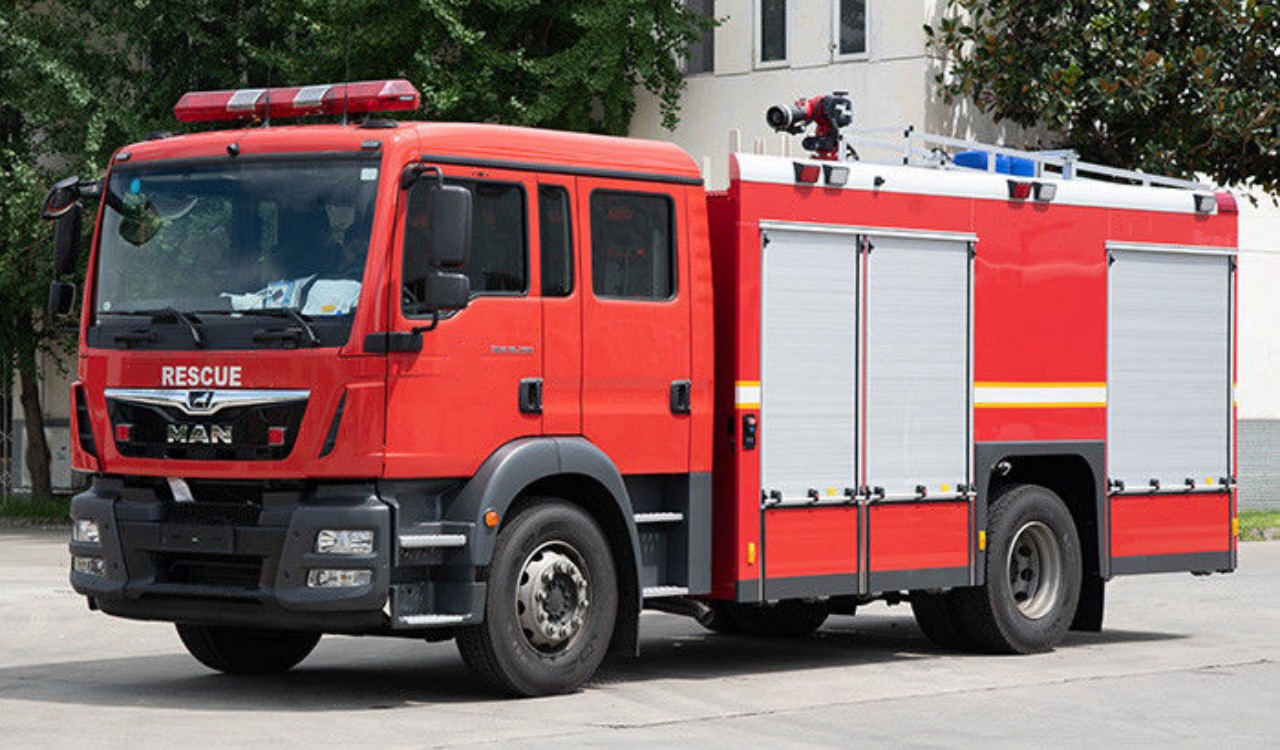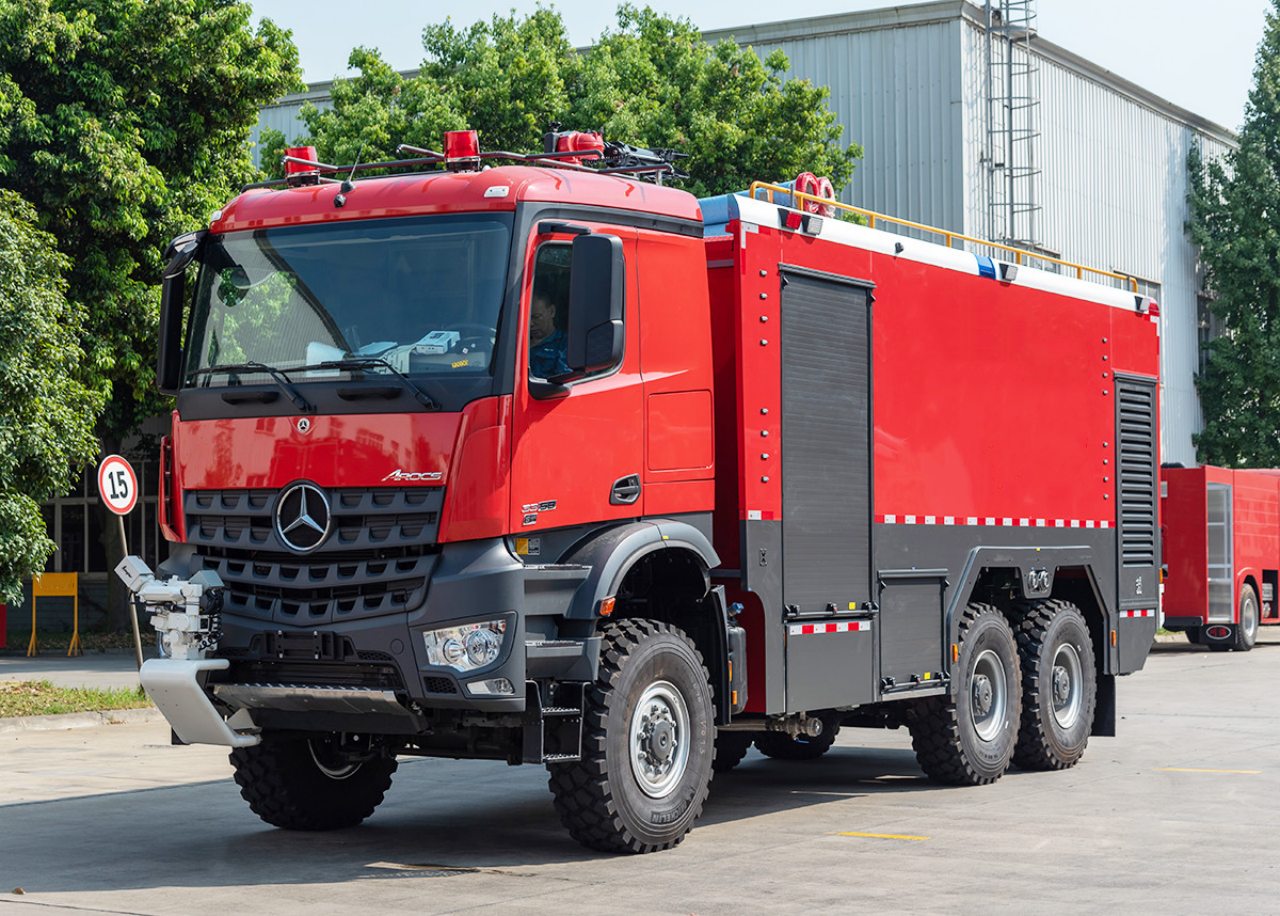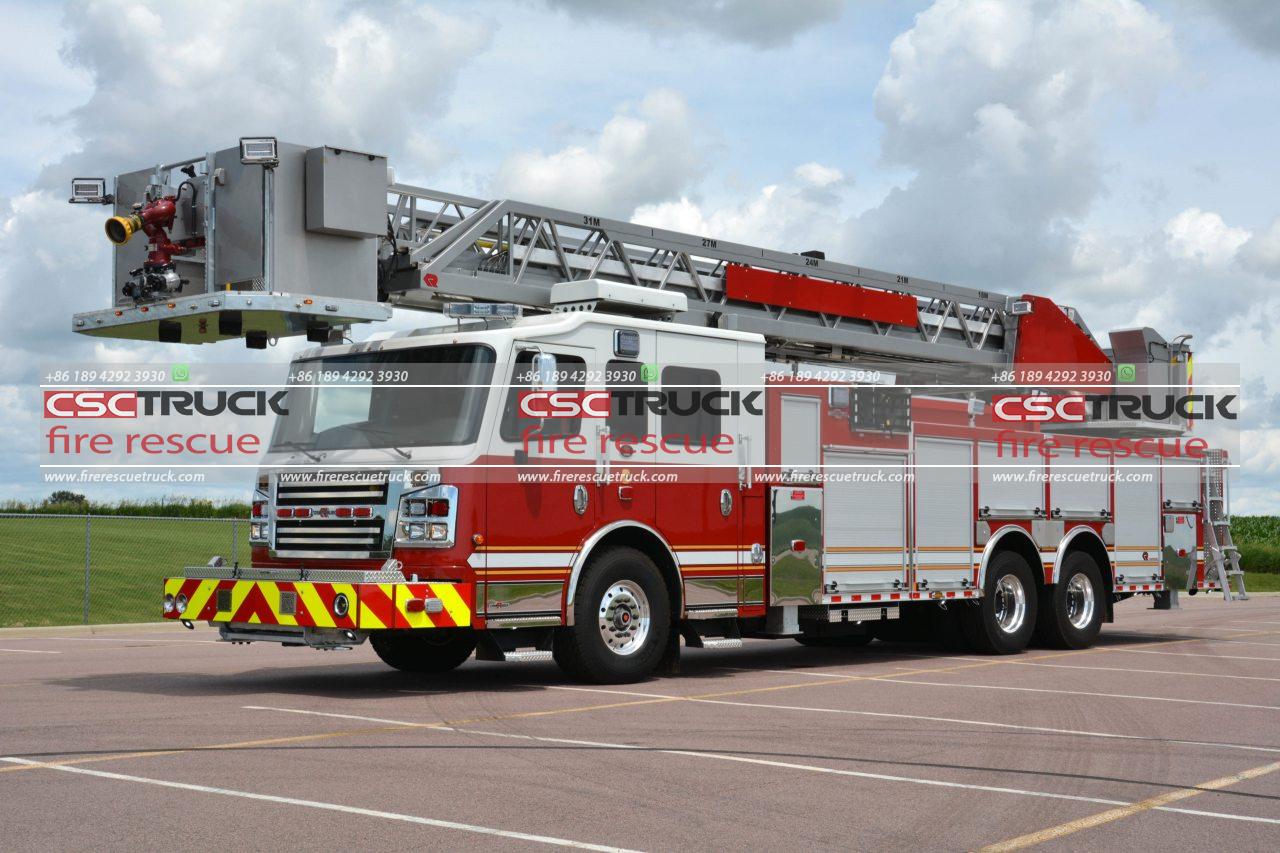Fire tenders, commonly known as fire trucks or fire engines, are among the most critical emergency response vehicles in any community. These robust machines are designed for rapid response, carrying firefighting equipment, water, and specialized rescue tools to the scene of emergencies. One of the most important but often overlooked specifications of a fire tender is its width. Understanding the width of a fire tender is essential for infrastructure planning, emergency preparedness, vehicle design, and driver training.
Understanding the Basics: What Is a Fire Tender?
A fire tender is a vehicle used by fire services primarily for firefighting operations. There are different types of fire tenders, such as:
- Water tenders, which carry large volumes of water.
- Rescue tenders, equipped with tools for technical rescues.
- Aerial ladder trucks, which include extendable ladders or platforms.
- Foam tenders, used mainly in industrial or airport settings.
Each of these types may vary slightly in size and configuration depending on their purpose and the country or department’s specific requirements. However, width is a standard metric that significantly affects their mobility and deployment efficiency.
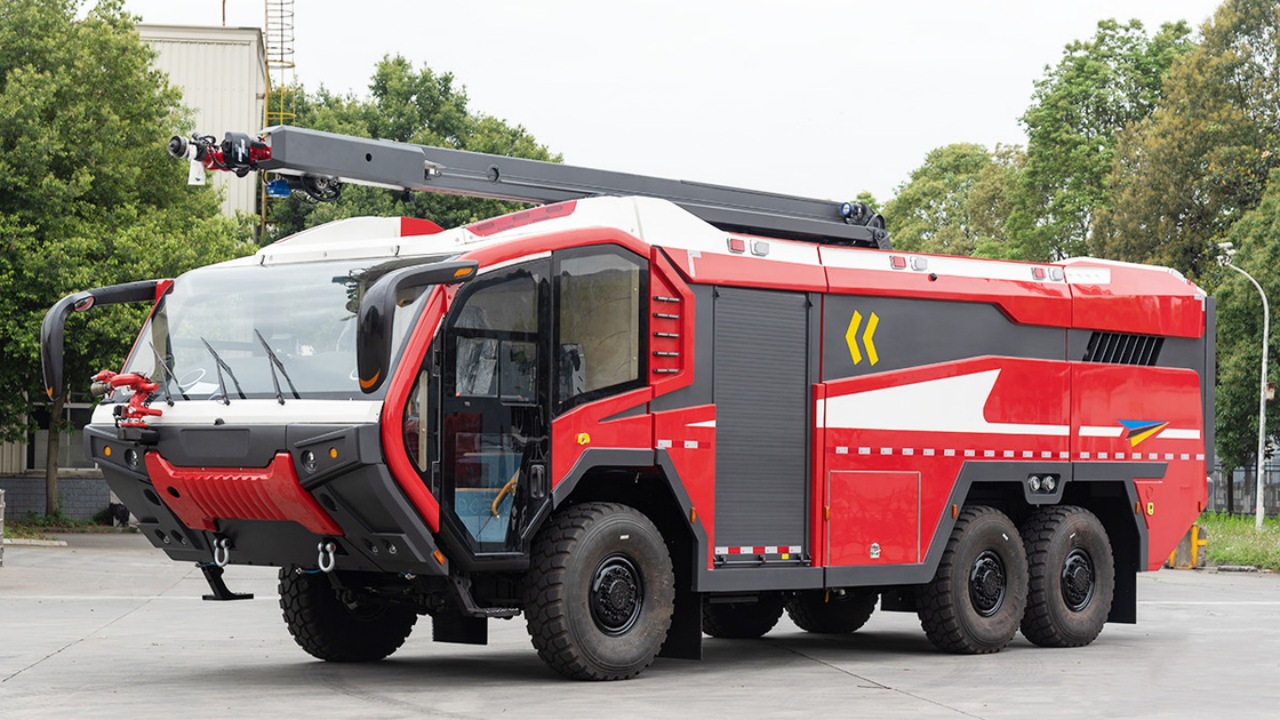
Typical Width of a Fire Tender
Most standard fire tenders fall within a certain range of widths. Here’s a general guideline:
- Standard fire engines (Type 1 or Type 2): Approximately 2.4 to 2.6 meters (7.9 to 8.5 feet) wide, excluding mirrors.
- With mirrors extended, the overall width can go up to 2.8 to 3.0 meters (9.2 to 9.8 feet).
- Compact fire trucks (used in narrow urban environments): Can be as narrow as 2.1 meters (6.9 feet).
- Large aerial ladder trucks or airport crash tenders: These may be up to 3.0 meters (9.8 feet) wide, depending on local regulations and customization.
The specific width of a fire tender depends on a variety of factors, such as:
- Chassis type and manufacturer
- Equipment storage configuration
- Country-specific regulations
- Type of fire tender
Legal and Practical Width Limits
In most countries, there are legal maximum widths for road vehicles. For example:
- In the United States, the federal maximum width limit for vehicles on the Interstate Highway System is 102 inches (8.5 feet or 2.6 meters), not including mirrors or safety devices.
- In the European Union, the maximum permitted width for vehicles is also 2.55 meters, or 2.6 meters for refrigerated vehicles.
- In Australia, the maximum width is generally 2.5 meters, but fire and emergency vehicles often have exemptions for essential equipment.
These legal limits influence how wide a fire tender can be. Manufacturers often design fire engines to stay within these bounds to ensure they can be used on public roads without special permits.
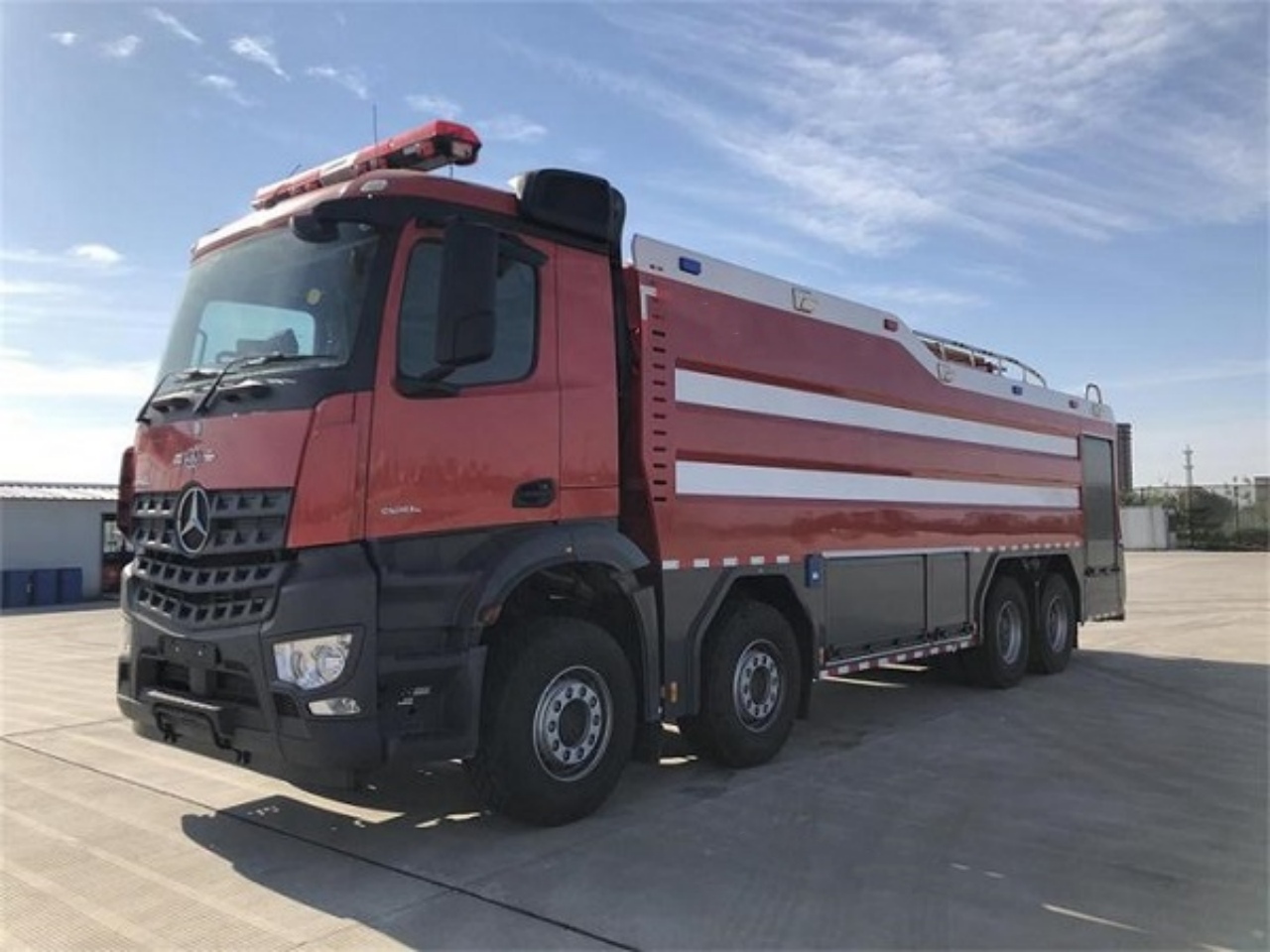
Why Width Matters
The width of a fire tender is not just a matter of technical interest—it has several real-world implications:
1. Urban Maneuverability
Cities with narrow streets, such as many older European towns, need narrower fire trucks to navigate tight corners and alleys. A wider fire tender may struggle to access certain areas, delaying emergency response.
2. Fire Station Design
The width of fire tenders directly affects firehouse architecture. Garage door widths, turning radii inside the bay, and spacing between vehicles must accommodate the widest trucks in the fleet.
3. Driver Training and Licensing
Operators must be trained to handle large vehicles safely, especially those close to the legal width limits. Wide vehicles have larger blind spots and require more space for turning and maneuvering.
4. Highway and Tunnel Access
Tenders that are too wide may be restricted from using certain roads, bridges, or tunnels. This can affect routing and response times during an emergency.
5. Safety and Collision Avoidance
A wider vehicle increases the risk of sideswiping obstacles or other vehicles, especially in dense traffic or on narrow rural roads. Extra caution and advanced driving skills are essential.
Compact vs. Standard vs. Specialized Fire Tenders
Compact Fire Tenders
Designed for tight urban settings, these trucks might be built on smaller chassis like the Mercedes-Benz Sprinter or Isuzu NPR. Their widths can be as narrow as 2.1 meters, making them suitable for dense cities or old neighborhoods.
Standard Fire Tenders
These are the workhorses of most fire departments. Built on commercial truck chassis from manufacturers like Scania, MAN, or Pierce, these tenders usually measure about 2.5 meters in width.
Specialized Tenders
Foam tenders, crash rescue trucks, and aerial platforms can exceed standard width due to added equipment. Airport crash tenders, for example, may push the 3.0-meter mark, requiring special access roads and storage facilities.
Examples from Around the World
- United Kingdom (Scania Fire Appliance): Typically around 2.55 meters wide.
- United States (Pierce Arrow XT): Around 100 inches (2.54 meters) wide, excluding mirrors.
- Germany (MAN TGM 13.290 Fire Truck): Approximately 2.5 to 2.55 meters.
- Japan (Hino or Isuzu fire trucks): Often 2.2 to 2.4 meters, especially in urban settings.
Customization and Variability
Fire tenders are often custom-built to meet the needs of specific fire departments. As a result, 2 trucks from the same manufacturer can have different widths depending on:
- Equipment layout
- Water tank size
- Pump system integration
- Crew cab configuration
Customization allows departments to optimize vehicle design for local conditions, but it also makes standardization of width somewhat elusive across different regions.
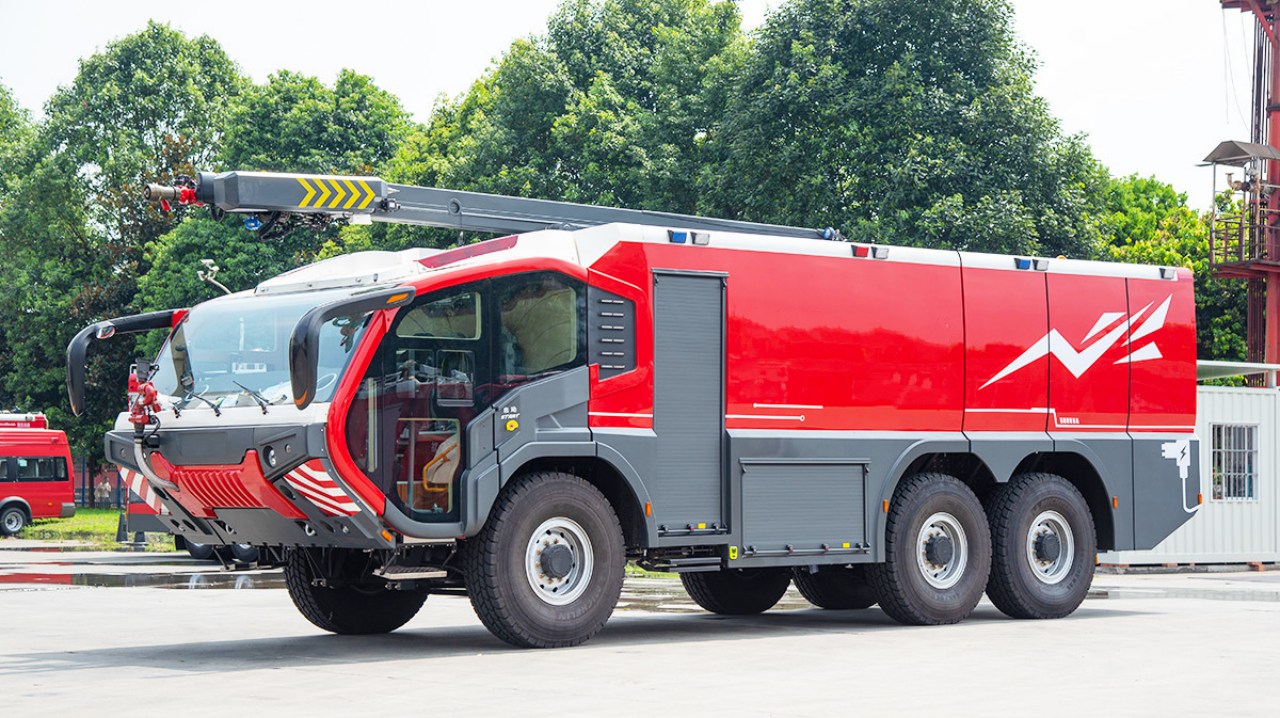
Conclusion
So, how wide is a fire tender? While there is no one-size-fits-all answer, the average width of a modern fire tender is typically between 2.4 and 2.6 meters. Specialized vehicles may be wider, and compact ones narrower. This measurement is vital for ensuring that fire trucks can navigate streets, fit in stations, and safely perform their duties.
Understanding the width of fire tenders is more than a technical specification—it’s a fundamental aspect of emergency planning, urban infrastructure design, and vehicle operation. Whether you’re a city planner, firefighter, or simply curious, knowing these dimensions offers valuable insight into how these life-saving machines are built to serve us under pressure.
